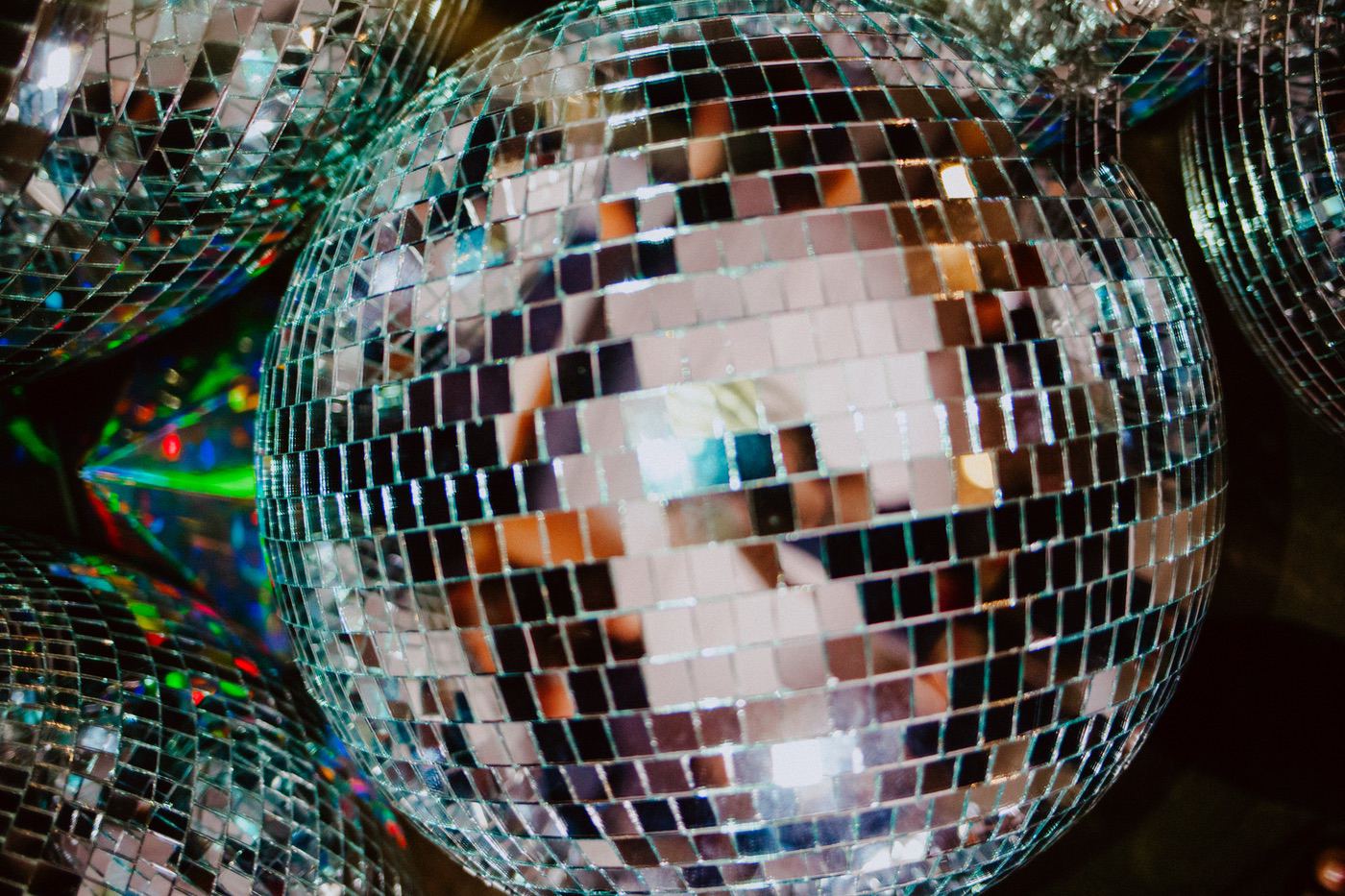Turtle Maternity Ward, Bowen
Turtle Maternity Ward, Bowen: how to share the beach with nesting turtles
We ABSOLUTELY love Bowen. It’s our second home. When we’re not loading in canvases or arguing about the perfect karaoke key change, we’re walking those bright, calm beaches and reading every sign like nerds on holidays. One sign we never skip is the “Turtle Maternity Ward” notice you’ll find around the Bowen coastline. It’s not just cute wording. It’s a real request from locals, rangers and council to help marine turtles nest safely.
This guide is your friendly cheat sheet to doing the right thing while soaking up the magic.

What “Turtle Maternity Ward” actually means
Parts of Bowen’s dunes and upper beaches are important nesting areas for marine turtles. Adult females haul up at night, dig a nest above the high-tide line, lay eggs, cover them, then slip back to sea. Around 6 to 8 weeks later, hatchlings burst out and sprint for the surf.
That whole process is fragile. Lights can disorient adults and babies. Foot traffic and vehicles crush nests. Dogs and foxes raid eggs. Rubbish and beach furniture become obstacles. So when you see that sign, think “quiet hospital wing,” not “photo op with a flash.”

When it happens
On Queensland’s tropical coast, nesting generally runs from about October to March, with most hatchlings emerging from roughly December through April. Exact timing slides with weather and sand temps, so treat the whole warm season as turtle time.

Who nests around Bowen
The green turtle is the local regular, flatbacks use these beaches too, and loggerheads turn up now and then along the wider Whitsunday coast. All are protected. Watching them is a privilege, not a right.

How to spot signs of a nest
-
Big tractor-tyre tracks leading from the water to the dunes and back
-
A disturbed patch of sand high on the beach that looks freshly patted down
-
Ranger or council marker stakes and flagged areas — don’t cross them
If you see a turtle still on the beach, keep back, keep quiet, and stay low. If she gets spooked she may abandon nesting altogether.

Your good-human beach code
Memorise this. Share it. Be that person.
-
Keep lights low at night. Torches and phone flashes can stop nesting and confuse hatchlings. If you must use a light, shield it and point it behind you.
-
No flash photography. Ever. Low-light video from a distance only.
-
Give space. Stay well behind a nesting turtle. Never stand in front of her or between her and the ocean.
-
Hands off the sand. Don’t dig near the dunes, and fill any holes you or the kids make before you leave.
-
Stay off the dunes. Nests sit under there. Use beach paths only.
-
No vehicles on the beach. Tyres plus eggs equals a very bad night.
-
Dogs on leash, always. Keep them out of the dunes and away from wildlife.
-
Take rubbish home. Fishing line, plastic and food scraps are trouble for everyone.
-
Leave natural seaweed and sticks. They stabilise the sand and shelter hatchlings.
If you find hatchlings
Lucky you. Now help without “helping.”
-
Stand well back and stay quiet.
-
Kill the lights (yours first; nearby house lights if you can politely ask).
-
Let them orient naturally to the brightest horizon over the water. Don’t carry them unless they’re clearly trapped in a hole or tangled in debris.
-
Report unusual situations like nest vandalism, stranded hatchlings in daylight, or ghost crabs predating heavily. For contacts, check Queensland Parks & Wildlife or Whitsunday Regional Council pages for the most current local numbers. If in doubt, the QPWS general line 1300 130 372 can direct you.
Why the rules matter
-
Light: Hatchlings navigate by horizon glow. Artificial light pulls them inland to roads, drains and gullies.
-
Footprints and holes: Tiny turtles can’t climb out.
-
Dogs and foxes: Predators smell eggs long before we do.
-
Vehicles: Even one pass can crush a whole clutch.
-
Dune damage: Dunes protect nests from waves and erosion. Trampling kills root systems that hold them together.
None of this is about scolding. It’s about giving wild animals a fighting chance in a place where people also live, walk, fish and play.

Where we wander (respectfully)
Bowen’s beaches are the definition of easy joy. From Horseshoe Bay and Rose Bay to the long sweep of Queens Beach and the wilder edges around Kings Beach and Murray Bay, many stretches have turtle habitat. Signage and management zones change with conditions, so always obey the current markers and ranger directions on-site.

Our Bowen love letter
We’ll say it again: we ABSOLUTELY love Bowen. It feels like exhaling. Sunrises that reset your brain. Locals who smile with their whole face. Long dog walks that somehow end with gelato. We plan shows here just to have an excuse to stay longer. If you see us pottering along the sand at dusk, it’s probably because we’re checking for tracks before grabbing dinner.

Verified, not vibes
We’ve written this using current Queensland turtle-care guidance and long-standing nesting patterns for the Whitsunday coast: nesting in the warmer months, hatchlings weeks later; green and flatback turtles most common; light, dogs, vehicles and dune damage as major risks. Always follow the most recent advice posted at the beach or by Queensland Parks and Wildlife and Whitsunday Regional Council, because management zones and contacts update over time.

Paint, sip, and keep the glow going
After a turtle-friendly twilight and a beach walk that does your head good, come add some colour with us. We run lively, singalong-fuelled sessions right here — the perfect Bowen night out that doesn’t cost the Earth or the turtles.
Book your spot at a Bowen Paint and Sip and we’ll save you a seat, a brush and a chorus you’ll definitely know.









